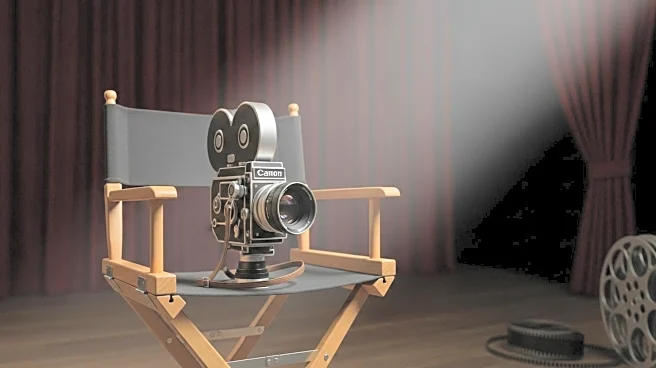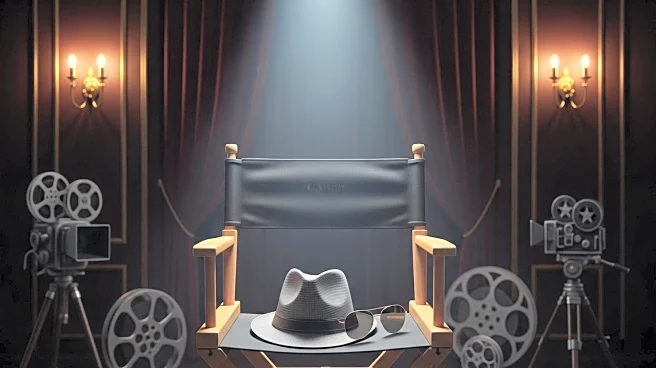What's Happening?
Meta horror films are gaining popularity for their self-aware approach to traditional horror tropes. These films often incorporate humor and creative storytelling to engage audiences familiar with horror conventions. Notable examples include Wes Craven's 'Scream,' which cleverly subverts slasher film rules, and 'The Cabin in the Woods,' which offers a cosmic explanation for horror clichés. Other films like 'Rubber' and 'Tucker & Dale vs. Evil' use absurd premises to challenge genre expectations. Filmmakers like Prano Bailey-Bond and Quentin Dupieux emphasize the importance of understanding audience expectations and using them to create fresh narratives. This trend reflects a growing interest in films that not only entertain but also provide commentary on the horror genre itself.
Why It's Important?
The rise of meta horror films signifies a shift in the horror genre, where filmmakers are increasingly using self-awareness to engage audiences. This approach allows for a deeper exploration of horror conventions and their impact on viewers. By acknowledging and subverting traditional tropes, these films offer a fresh perspective that appeals to both hardcore horror fans and casual viewers. The success of meta horror films highlights the genre's potential for innovation and its ability to address broader cultural and social themes. As audiences become more familiar with horror conventions, filmmakers are challenged to find new ways to surprise and entertain, making meta horror a valuable tool for creative storytelling.










